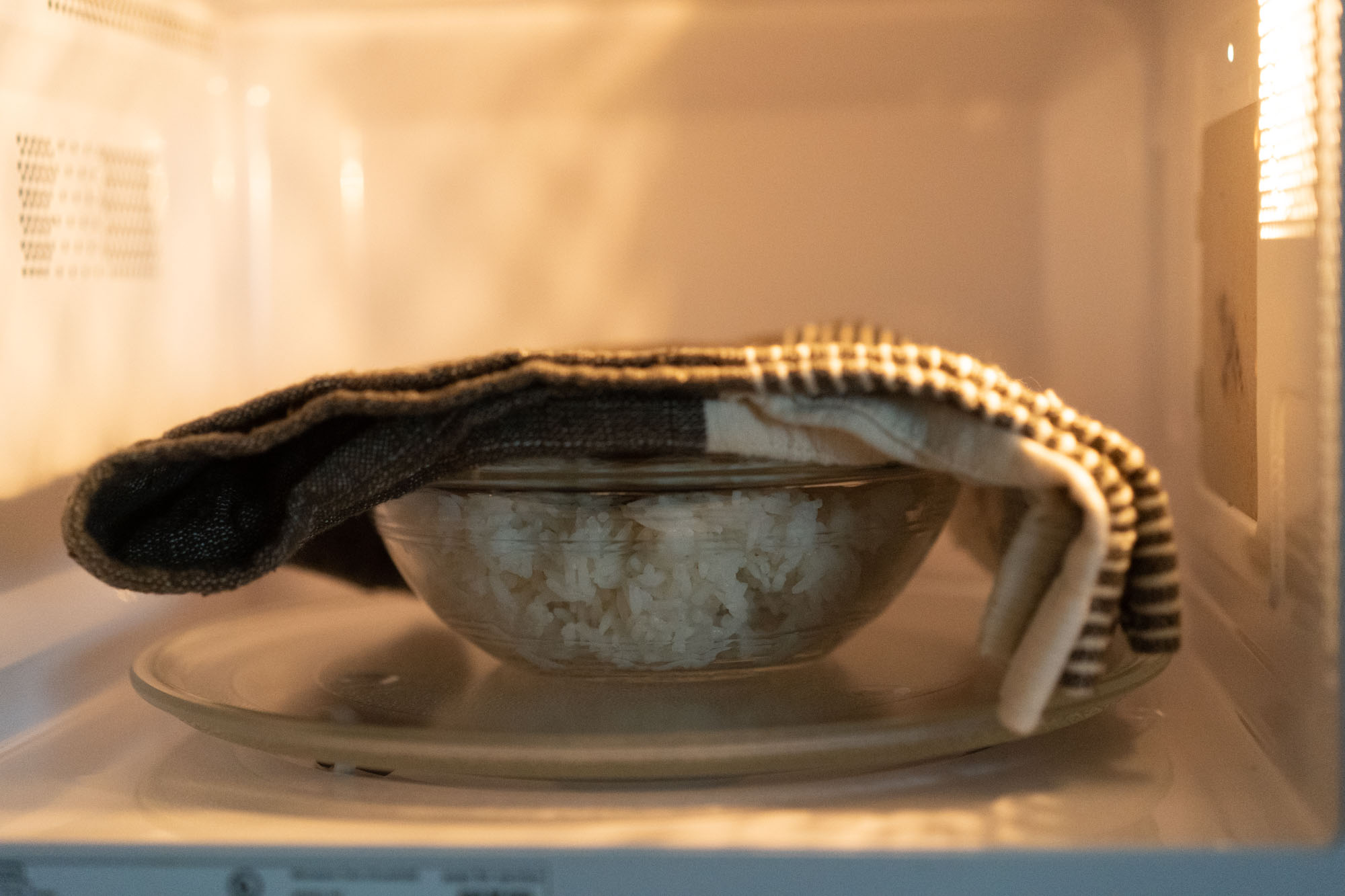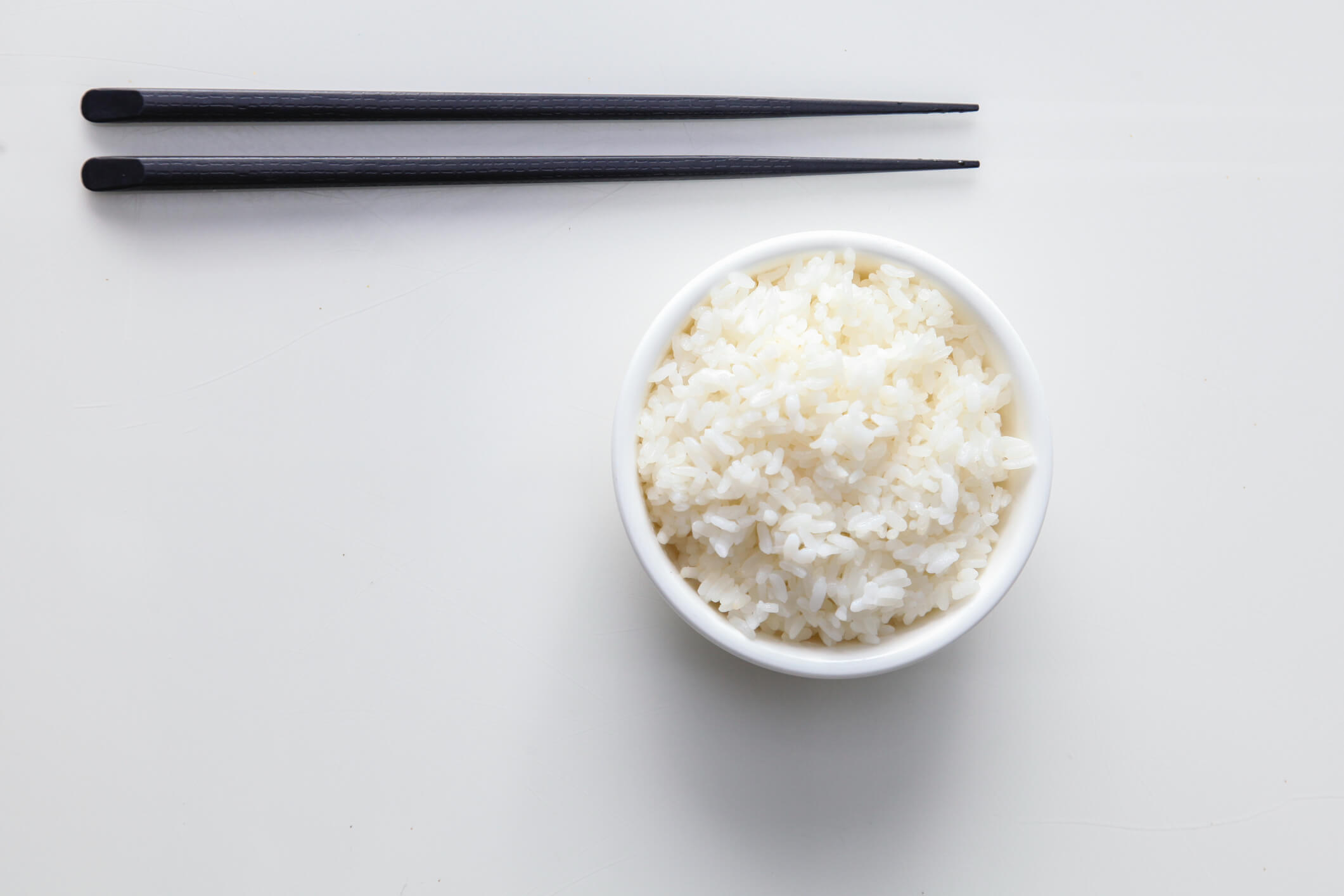How Long Does Cooked Rice Last: A Complete Guide To Storing And Enjoying Safely
Many people find themselves puzzled about the shelf life of this pantry staple. Cooked rice, whether it’s white, brown, or any other variety, is a versatile ingredient that can be used in countless dishes. However, improper storage can lead to spoilage or even foodborne illnesses. Knowing how long cooked rice lasts, how to store it properly, and how to tell if it’s still safe to eat is essential for maintaining both food safety and flavor. This guide dives deep into everything you need to know about cooked rice, offering practical advice to keep your meals delicious and safe. Cooked rice is a common leftover in many households, but its perishable nature often raises concerns. While rice is a hearty grain, it can harbor harmful bacteria like Bacillus cereus if not stored correctly. This bacteria can multiply rapidly, especially when rice is left at room temperature for too long. Understanding the factors that affect how long cooked rice lasts, such as storage temperature and container type, can make a world of difference. By following proper storage techniques, you can extend its shelf life and reduce the risk of foodborne illnesses. This article will explore the science behind rice spoilage, storage tips, and signs to look for when determining if your rice is still good to eat. Whether you’re meal prepping for the week or simply saving leftovers from dinner, knowing how long cooked rice lasts can save you time, money, and peace of mind. From refrigerator storage to freezing techniques, we’ll cover all the bases to ensure you’re equipped with the knowledge to handle cooked rice safely. Additionally, we’ll address frequently asked questions, debunk common myths, and provide actionable tips to make the most of your rice dishes. By the end of this guide, you’ll be confident in your ability to store, reheat, and enjoy cooked rice without compromising your health or taste buds.
- How Long Does Cooked Rice Last in the Fridge?
- What Happens If You Eat Spoiled Rice?
- How to Store Cooked Rice Properly
- Signs Your Cooked Rice Has Gone Bad
- Can You Freeze Cooked Rice?
- How to Reheat Cooked Rice Safely
- Common Mistakes When Storing Cooked Rice
- Frequently Asked Questions About Cooked Rice
How Long Does Cooked Rice Last in the Fridge?
One of the most common questions people ask is, “How long does cooked rice last in the fridge?” The answer depends on several factors, including the type of rice and how it’s stored. Generally, cooked rice can last up to 3 to 4 days in the refrigerator if stored properly. However, this timeline can vary slightly depending on the conditions under which it’s kept.
When rice is cooked, its moisture content makes it a breeding ground for bacteria if left at room temperature for too long. To maximize its shelf life, it’s crucial to refrigerate cooked rice within two hours of cooking. Once cooled, transfer the rice to an airtight container to prevent exposure to air and moisture, which can accelerate spoilage. Labeling the container with the date can also help you keep track of how long it’s been stored.
Read also:Unblocked Games Your Ultimate Guide To Fun And Learning
It’s worth noting that different types of rice may have slightly different shelf lives. For example, brown rice tends to spoil faster than white rice due to its higher oil content, which can turn rancid over time. If you’re unsure whether your rice is still good, always err on the side of caution and discard it after four days. Proper storage not only extends the life of your cooked rice but also ensures it remains safe to eat.
What Happens If You Eat Spoiled Rice?
Have you ever wondered what happens if you eat spoiled rice? Consuming rice that has gone bad can lead to unpleasant and potentially dangerous health consequences. The primary culprit is Bacillus cereus, a type of bacteria that produces toxins in rice when it’s improperly stored. These toxins can survive even after reheating, making spoiled rice a serious health risk.
The symptoms of food poisoning from spoiled rice typically include nausea, vomiting, diarrhea, and abdominal cramps. In severe cases, dehydration may occur, especially if the symptoms persist for more than a day. The onset of symptoms usually occurs within 1 to 6 hours after consumption, depending on the level of contamination. While most cases are mild and resolve on their own, it’s essential to seek medical attention if symptoms worsen or persist.
To avoid these risks, it’s crucial to handle cooked rice with care. Always store it at the correct temperature, refrigerate it promptly, and reheat it thoroughly before consuming. If you notice any signs of spoilage, such as an off smell or unusual texture, it’s best to discard the rice immediately. Remember, when it comes to food safety, it’s always better to be safe than sorry.
How to Store Cooked Rice Properly
Storing cooked rice properly is key to ensuring its longevity and safety. Here are some tips to help you store your rice effectively:
- Cool It Quickly: After cooking, spread the rice on a shallow tray to cool it down faster. This prevents bacterial growth, which thrives in warm environments.
- Use Airtight Containers: Transfer the cooled rice to an airtight container to keep it fresh and prevent contamination. Glass or BPA-free plastic containers are ideal choices.
- Label and Date: Always label your containers with the date of storage. This helps you keep track of how long the rice has been in the fridge.
- Refrigerate Promptly: Place the rice in the fridge within two hours of cooking. If the room temperature is above 90°F (32°C), reduce this time to one hour.
- Avoid Frequent Opening: Minimize how often you open the container to maintain a consistent temperature and prevent exposure to air.
By following these steps, you can significantly extend the shelf life of your cooked rice and reduce the risk of spoilage. Proper storage not only keeps your rice safe but also preserves its flavor and texture, making it a convenient option for future meals.
Read also:Scarlett Johansson Height And Weight A Comprehensive Guide To Her Life And Career
Is There a Better Way to Store Cooked Rice?
While refrigeration is the most common method for storing cooked rice, you might be wondering if there’s a better way. The answer lies in freezing, which can extend the shelf life of cooked rice significantly. When frozen, cooked rice can last up to 6 months without losing its quality. To freeze rice, portion it into meal-sized amounts, place it in freezer-safe bags, and press out as much air as possible before sealing.
Freezing not only preserves the rice but also makes it convenient to grab a portion whenever you need it. When reheating frozen rice, simply transfer it to the fridge the night before to thaw or use the microwave for a quicker option. This method is especially useful for meal preppers or those who cook rice in bulk. While freezing requires a bit more effort upfront, it’s a worthwhile investment for extending the usability of your cooked rice.
Signs Your Cooked Rice Has Gone Bad
Knowing how to identify spoiled rice is essential for maintaining food safety. Here are some telltale signs that your cooked rice has gone bad:
- Off Smell: Freshly cooked rice has a neutral or slightly nutty aroma. If your rice smells sour, musty, or off in any way, it’s best to discard it.
- Unusual Texture: Spoiled rice often becomes sticky, slimy, or overly dry. Any deviation from its original texture is a red flag.
- Visible Mold: If you notice any mold growth, such as green, white, or black spots, throw the rice away immediately.
- Change in Color: Discoloration, such as yellowing or dark spots, indicates that the rice has spoiled.
- Off Taste: If the rice tastes sour or unpleasant, it’s no longer safe to consume.
Trust your senses when evaluating the quality of your rice. If something seems off, it’s better to err on the side of caution and discard it. Spoiled rice not only compromises flavor but also poses health risks, making it crucial to recognize these signs early.
How Can You Tell If Cooked Rice Is Still Good to Eat?
When in doubt, there are a few simple tests you can perform to determine if your cooked rice is still safe to eat. First, check the smell and appearance. If it passes these initial tests, try reheating a small portion and tasting it. Properly stored rice should retain its original flavor and texture. If everything checks out, your rice is likely still good to eat. However, if you’re ever unsure, it’s always better to discard it and prepare a fresh batch.
Can You Freeze Cooked Rice?
Freezing cooked rice is an excellent way to extend its shelf life and reduce food waste. When frozen, cooked rice can last up to 6 months without compromising its quality. Freezing is particularly useful for those who cook rice in large batches or meal prep for the week. To freeze rice effectively, follow these steps:
- Portion It Out: Divide the rice into meal-sized portions to make it easier to thaw and use later.
- Use Freezer-Safe Bags: Place the rice in airtight, freezer-safe bags or containers. Remove as much air as possible to prevent freezer burn.
- Label and Date: Clearly label the bags with the date of freezing to keep track of its shelf life.
- Thaw Safely: When ready to use, transfer the rice to the fridge overnight or reheat it directly from the freezer using the microwave or stovetop.
Freezing cooked rice not only preserves its flavor but also makes it a convenient option for quick meals. Whether you’re reheating it for a stir-fry or using it as a base for a grain bowl, frozen rice is a lifesaver for busy days.
Is Freezing Cooked Rice a Better Option Than Refrigeration?
While refrigeration is ideal for short-term storage, freezing is the better option for long-term preservation. Refrigerated rice lasts only 3 to 4 days, whereas frozen rice can stay fresh for up to 6 months. If you frequently cook rice in bulk or want to reduce food waste, freezing is a practical and efficient solution. Just remember to portion and label your rice properly to make the most of this method.
How to Reheat Cooked Rice Safely
Reheating cooked rice safely is just as important as storing it properly. Improper reheating can leave harmful bacteria alive, posing a risk to your health. To ensure your rice is safe to eat, follow these guidelines:
- Reheat Thoroughly: Use a microwave, stovetop, or oven to reheat the rice until it’s steaming hot throughout. This ensures that any bacteria are killed.
- Add Moisture: Sprinkle a little water over the rice before reheating to prevent it from drying out. Cover the container to trap steam and retain moisture.
- Avoid Repeated Reheating: Only reheat the portion you plan to eat. Repeatedly reheating and cooling rice increases the risk of bacterial growth.
- Check the Temperature: Ensure the internal temperature of the rice reaches at least 165°F (74°C) to guarantee safety.
By following these steps, you can enjoy your reheated rice without compromising its safety or flavor. Proper reheating not only enhances the taste but also gives you peace of mind knowing that your meal is safe to consume.
When Did The SpongeBob Cartoon Make Its First Appearance On Television? A Comprehensive Guide
How Much Was Marvin Gaye Worth When He Died? Unveiling The Legacy Of A Soul Legend
Rumer Willis Net Worth: A Comprehensive Look At Her Career And Achievements

How Long Does Cooked Rice Last in the Fridge? Hungry Huy

How long does cooked rice last in the fridge? Better Homes and Gardens